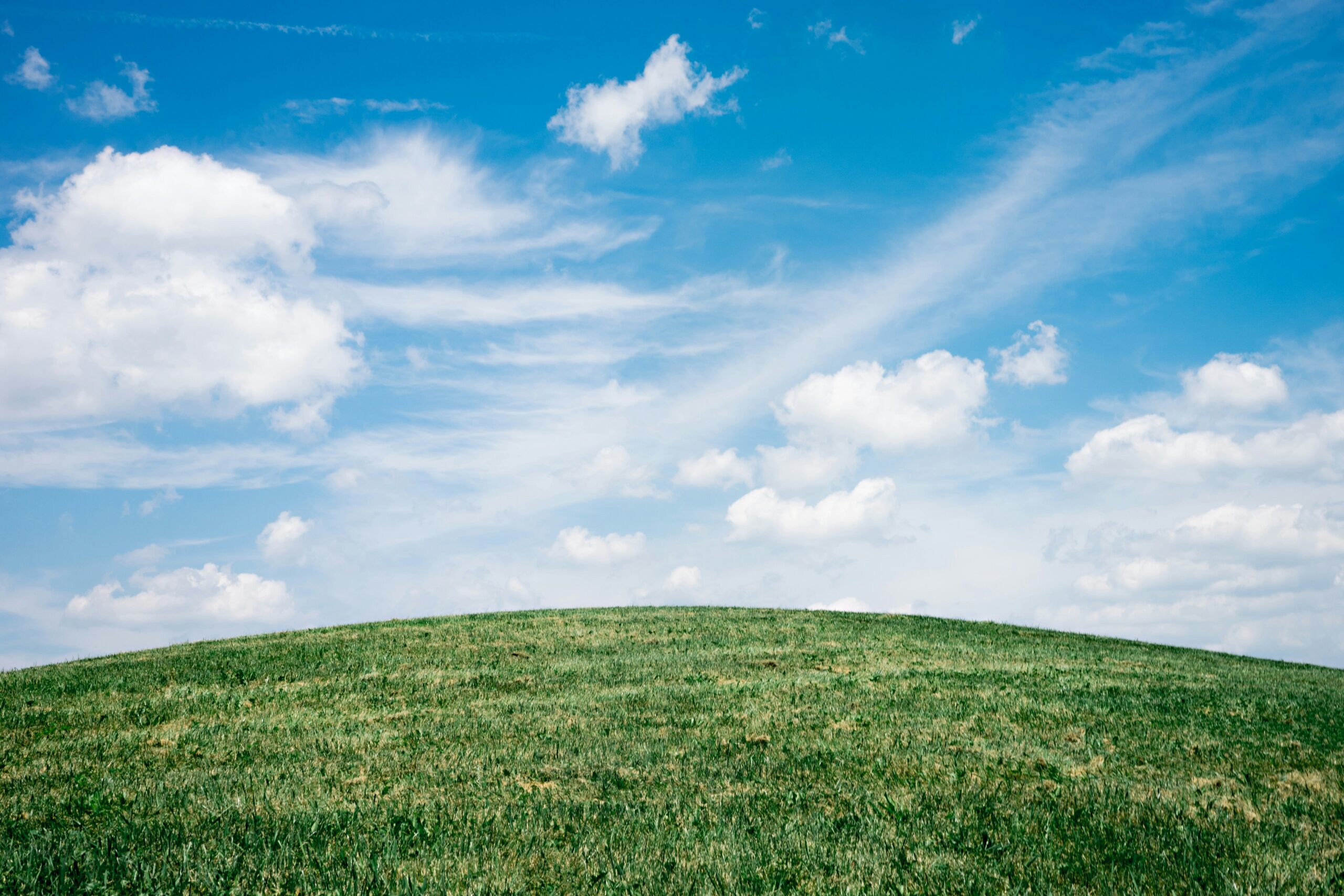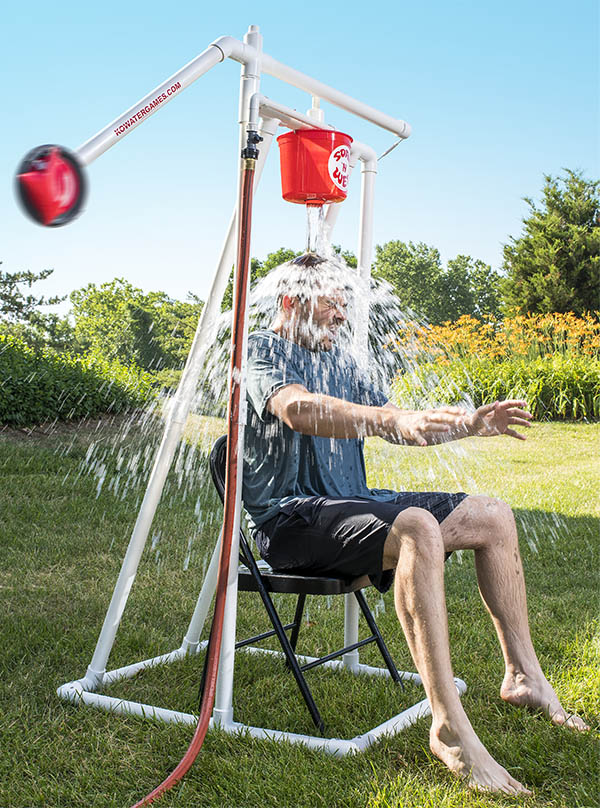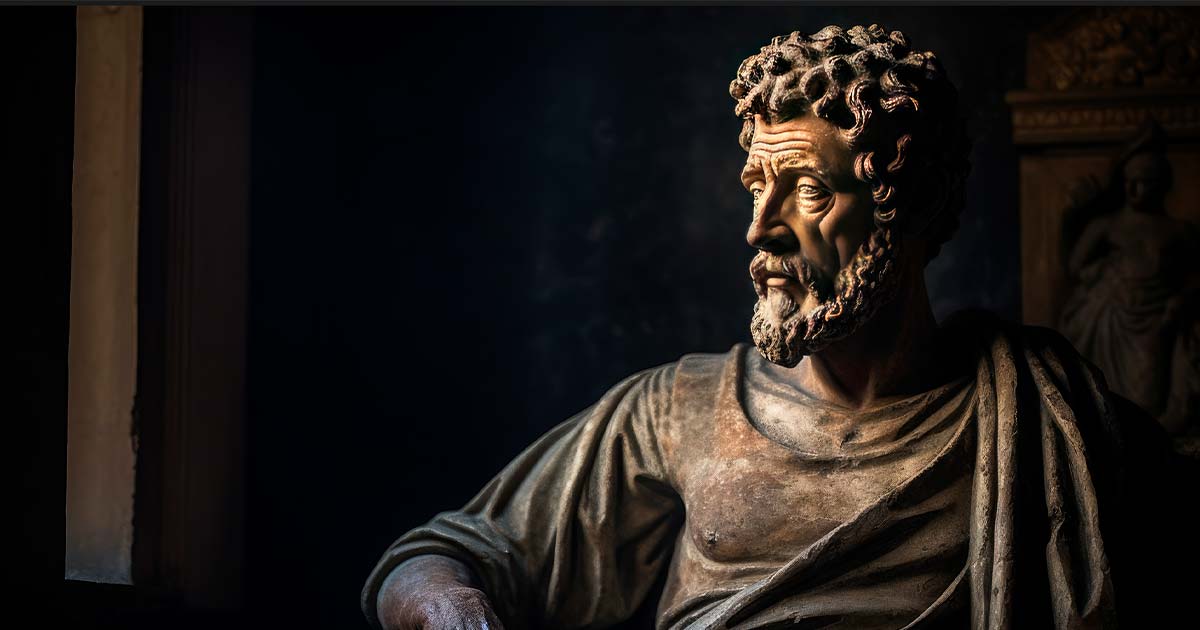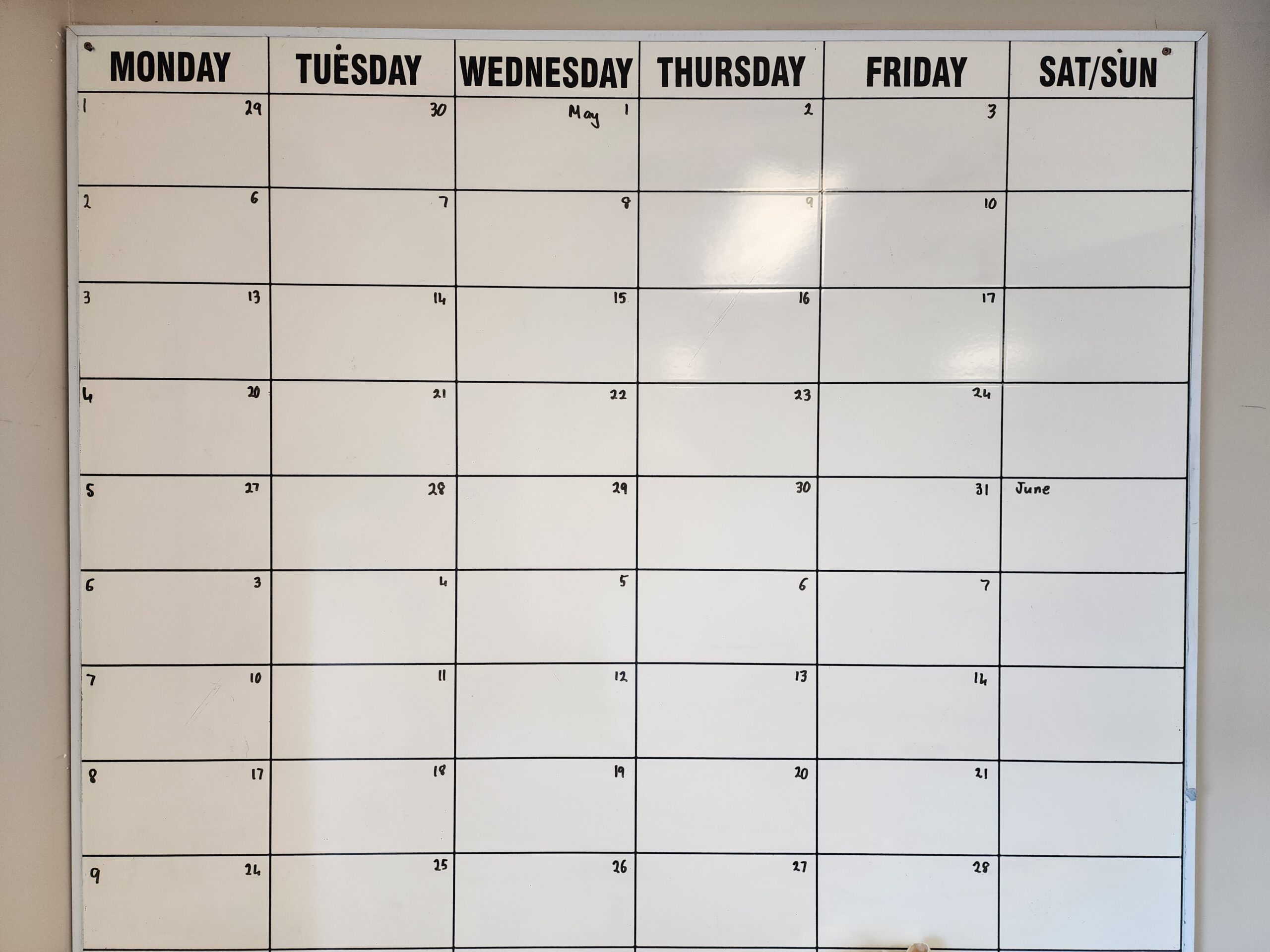
Photo by Scott Webb
How’s your breathing going? Is it shallow and fast, or slower and deeper? What do you notice about your breathing when you’re stressed and under the pump? Do you even have time to notice?
It’s the end of the year, and chances are there are lots of times daily, as you attempt to get through to the end of the term in one piece, when your breathing will be shallow and fast.
Research tells us that specific breathing techniques can be used during stressful periods to regain calm and give yourself some clarity.
Here are some breathing techniques that just might help you over the next couple of weeks!
1. Box Breathing (also called Square Breathing)
- Purpose: Quickly reduce stress and improve focus.
- How to do it:
- Inhale through your nose for 4 seconds.
- Hold your breath for 4 seconds.
- Exhale slowly through your mouth for 4 seconds.
- Hold your breath again for 4 seconds.
- Repeat for 4-5 cycles or until you feel calm.
- Why it works: This technique regulates the autonomic nervous system, reducing the fight-or-flight response.
2. Diaphragmatic (Belly) Breathing
- Purpose: Encourage deep relaxation and reduce physical tension.
- How to do it:
- Sit or lie down comfortably.
- Place one hand on your chest and the other on your stomach.
- Inhale deeply through your nose, allowing your stomach (not chest) to rise.
- Exhale slowly through your mouth, letting your stomach fall.
- Repeat for 5–10 minutes.
- Why it works: Engaging the diaphragm activates the parasympathetic nervous system, signalling your body to relax.
3. 4-7-8 Breathing
- Purpose: Help quickly calm the mind and body during intense stress.
- How to do it:
- Inhale deeply through your nose for 4 seconds.
- Hold your breath for 7 seconds.
- Exhale slowly and completely through your mouth for 8 seconds.
- Repeat for 4-8 cycles.
- Why it works: Prolonged exhalation triggers a relaxation response, making this technique particularly effective for acute stress.
4. Alternate Nostril Breathing (Nadi Shodhana)
- Purpose: Balance energy and calm a racing mind.
- How to do it:
- Sit comfortably and close your right nostril with your thumb.
- Inhale deeply through your left nostril.
- Close your left nostril with your ring finger, then release your right nostril.
- Exhale through your right nostril.
- Inhale through your right nostril, close it, and exhale through your left nostril.
- Repeat for 5 minutes.
- Why it works: Balances the nervous system and enhances mental clarity.
5. Resonance Breathing (Coherent Breathing)
- Purpose: Sync breath and heart rate for deep relaxation.
- How to do it:
- Inhale deeply for 5 seconds.
- Exhale slowly for 5 seconds.
- Maintain this steady rhythm for 10 minutes.
- Why it works: Resonance breathing harmonizes the cardiovascular and respiratory systems, reducing stress markers.
6. “Sigh of Relief” Technique
- Purpose: Rapidly release tension.
- How to do it:
- Take a long, deep inhale through your nose.
- Exhale forcefully through your mouth, audibly sighing as you do.
- Repeat 3-5 times.
- Why it works: Simulates the body’s natural stress-relief mechanism and helps expel tension.
These techniques can be practiced in private or even discreetly during a meeting or break. Give them a go and you’ll find yourself managing your stress more effectively.
Steve













